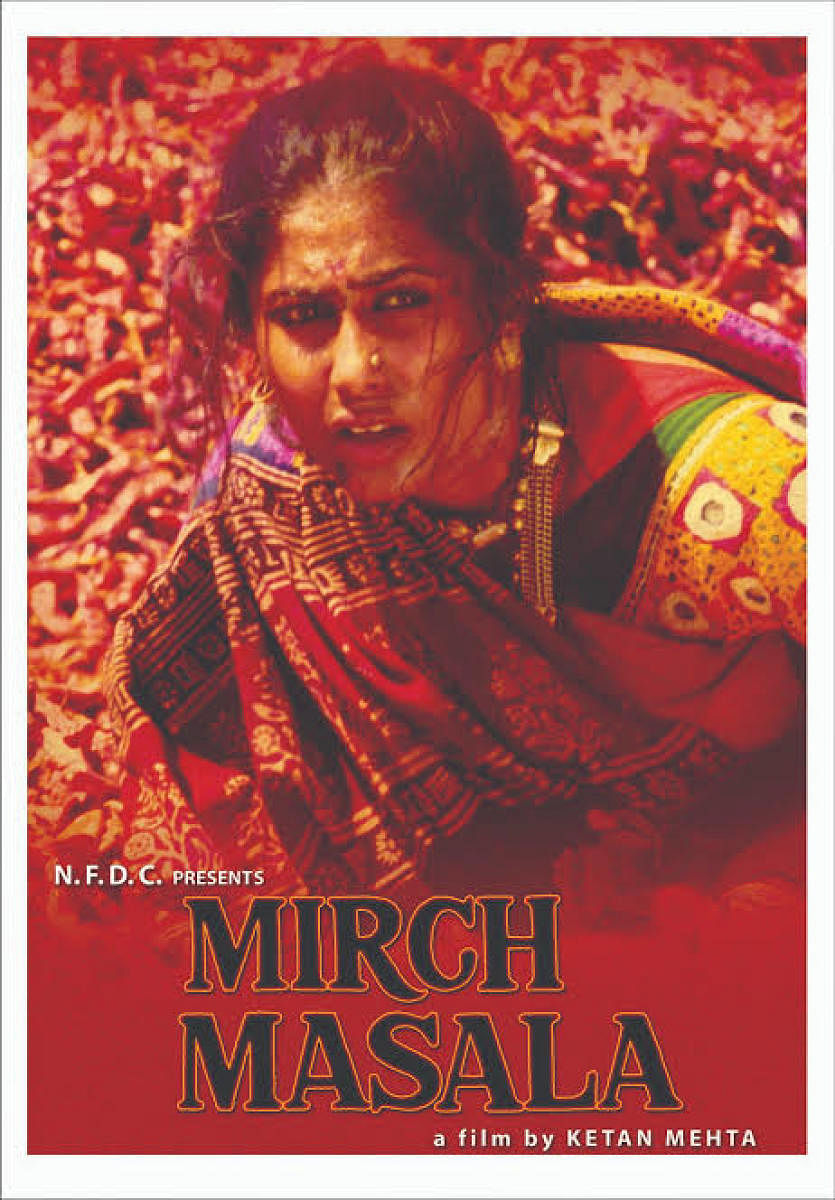
Originating in the 1950s, parallel cinema was a movement in the film fraternity that served as an alternative to mainstream commercial Indian cinema. Popularised in the ‘70s and ‘80s, it’s also popularly known as New Indian Cinema. The movement began in Bengal and travelled all across the country.
The term ‘parallel cinema’ is a broad term designated to certain types of films that stray away from conventional mainstream cinema, popular among Indian masses. The movies consist of strong social commentary and lack the quintessential songs and fight sequences that are a huge part of commercial movies.
However, of late, the lines have been blurred between parallel and mainstream cinema, with many mainstream directors adding elements of parallel cinema to their movies.
Metrolife has put together a list of movies from pioneering directors who popularised the parallel cinema movement in India.
Salim Langde Pe Mat Ro
Saeed Mirza’s film was set in a dingy neighbourhood of Mumbai majorly inhabited by a Muslim community housing Salim Langda, a local mob boss. The movie deals with the aftermath of a bout of communal tension and how it affects the minority neighbourhood in the busy city.
The movie also made actor Pawan Malhotra a credible name in the parallel movement overnight.
Mandi
The popular movie directed by Shyam Benegal was studded with some popular names in the parallel movement such as Naseeruddin Shah, Shabana Azmi, and Kulbhushan Kharbanda. The movie is a satirical take on how the bureaucracy tries its best to move a brothel from the heart of the city to the outskirts, and how the sex workers stand up for their rights in their own twisted way.
Charulata
One of Satyajit Ray’s most acclaimed film, this Rabindranath Tagore adaptation is a whirlwind of repressed desires and secretive yearning, glorified by lavish sets and dreamy cinematography.
The plot follows a woman whose adulterous desires are awakened by the arrival of her husband’s cousin, which then sets her towards an artistic awakening as a writer.
Elippathayam
The internationally acclaimed movie by Adoor Gopalakrishnan is set in rural Kerala and follows the protagonist Unni, the last male heir of a decaying feudal family.
With rampant socio-economic reforms spurring in South India, Unni fails to accept the changes of a new society, resulting in his gradual withdrawal into isolation and paranoia.
Tabarana Kathe
One of the most famous parallel cinema directors in the Kannada movie industry, Girish Kasaravalli, made this movie about the trials and tribulations of a watchman, Tabara Shetty, who goes on a lone battle against an apathetic system that denies him his pension benefits. The direction and cinematography have captured the struggles of the characters brilliantly.
Mirch Masala
The movie by Ketan Mehta is truly about feminism at its grassroots level. It depicted a ‘no means no’ situation way before the Me Too movement of the 21st century. The film is about a dicey government official who runs havoc forcing himself on the women of a particular village.
This all ends when one strong woman decides to take him on. The movie is steered to finish by Smita Patil, a popular name in the parallel cinema movement.